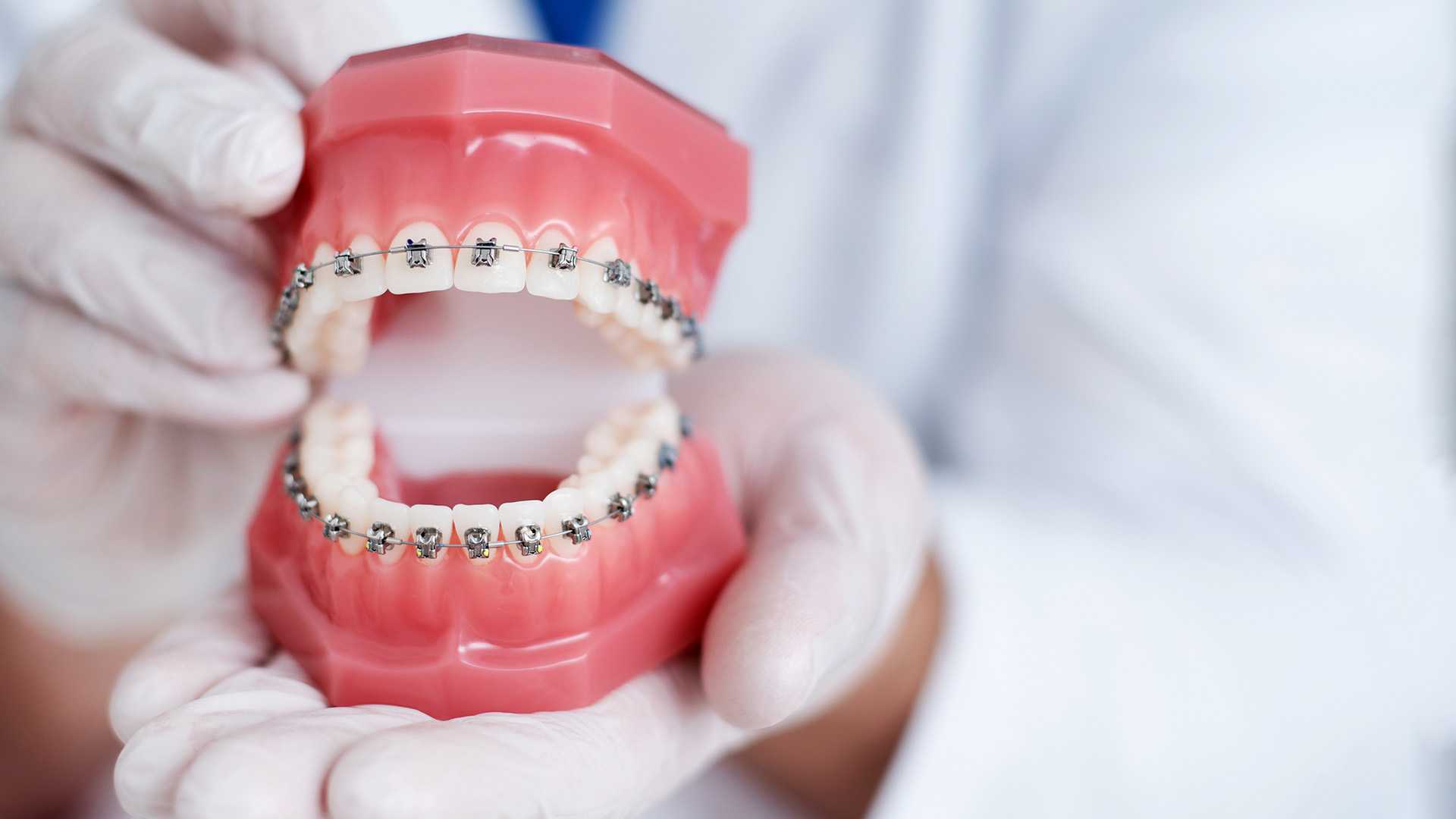By understanding how orthodontics shapes your facial structure through treatments such as braces and aligners, you can appreciate their substantial impact on facial aesthetics.






Save $250 off braces or Invisalign!*
Schedule your appointment online.
Orthodontics is not merely about correcting crooked teeth; it plays a pivotal role in sculpting your facial structure. The alignment of teeth and jaw can dramatically influence your appearance, enhancing facial symmetry and profile. By understanding how orthodontics shapes your facial structure through treatments such as braces and aligners, you can appreciate their substantial impact on facial aesthetics. This article delves into the mechanics of braces, the transformative changes during treatment, and the lasting benefits of orthodontics. Whether you’re considering treatment or currently on your orthodontic journey, discover how these innovations can reshape not only your smile but also your facial structure for years to come.
Understanding Orthodontics and Its Impact
Orthodontics is a specialized branch of dentistry focused on diagnosing, preventing, and correcting misaligned teeth and jaws. Its primary goal is to enhance oral function and improve the aesthetic appearance of the smile, which significantly influences facial structure. By aligning teeth and jaws effectively, orthodontics promotes better oral health and plays a crucial role in shaping facial contours.
Common orthodontic treatments include traditional metal braces, ceramic braces, and clear aligners. These options gradually shift teeth into optimal positions, ensuring proper bite alignment. They address issues such as overcrowding, gaps, and bite problems, impacting both functionality and appearance.
Orthodontics differs from cosmetic procedures, which often focus solely on appearance enhancement. Orthodontics aims for a harmonious balance between aesthetics and functionality. By correcting misalignments, orthodontics fosters lasting changes in facial structure, providing a beautiful smile, improved jaw alignment, and facial symmetry. This holistic approach sets orthodontics apart, making it essential for those seeking enhanced facial aesthetics through proper dental alignment.
Mechanics of Braces: How Do Braces Change Your Face?
Braces are a cornerstone of orthodontics, designed to apply gentle, constant pressure on teeth, gradually moving them into desired positions. This pressure is crucial for correcting misalignments and improving dental health. Braces operate through a system involving brackets, wires, and elastic bands.
Brackets are bonded to the front of each tooth, serving as anchors for connecting wires. These flexible metal wires are adjusted throughout treatment to guide tooth movement. When orthodontists make adjustments during routine visits, they increase pressure on specific teeth, prompting alignment. This process requires precise calculations to ensure appropriate tooth movement without discomfort.
The treatment timeline varies based on individual needs, typically lasting from 12 to 36 months. Patients visit orthodontists every 4 to 8 weeks for adjustments, crucial for monitoring progress and modifying wires and brackets. Understanding how orthodontics shapes your facial structure and how braces change your face demystifies the treatment process and highlights orthodontics’ vital role in shaping facial structure, resulting in a harmonious, confident smile.
Changes to Facial Structure During Treatment
Orthodontic treatment, especially using braces, profoundly impacts facial structure. A primary effect is jaw realignment, enhancing bite function and oral health. As braces correct misalignments, they gradually shift teeth into optimal positions, improving jaw alignment, reducing facial muscle strain, and contributing to a balanced appearance.
Adjustments during orthodontic treatment influence facial symmetry and profile. Many patients notice aesthetic changes as teeth and jaw reposition. These transformations lead to a harmonious facial structure, enhancing features like the chin, cheeks, and smile. Subtle alignment shifts improve dental health and boost self-confidence as patients appreciate their evolving look.
Age factors affect responsiveness to facial changes. Younger patients experience quicker, pronounced transformations due to developing bone structures. Adults can achieve remarkable results, though they may require longer treatment durations. Regardless of age, orthodontics significantly impacts facial structure, offering lasting improvements beyond aesthetics to overall well-being.
Long-Term Benefits of Orthodontic Treatment
Orthodontic treatment is not just about achieving a beautiful smile; it profoundly influences facial structure and long-term well-being. One primary benefit is improved aesthetics, enhancing self-confidence. A well-aligned bite and straight teeth transform appearance, making individuals feel more comfortable socially and boosting self-esteem.
Beyond aesthetics, orthodontics offers functional benefits. Properly aligned teeth are essential for effective chewing and speaking. Misalignment can cause biting difficulties and affect pronunciation. Orthodontic treatment provides a more comfortable eating experience and clearer speech, facilitating confident communication.
Moreover, orthodontic treatment plays a vital role in oral health maintenance. Crooked or crowded teeth can trap food and plaque, increasing cavity and gum disease risks. Aligning teeth simplifies oral hygiene, preventing dental issues long-term. This proactive approach enhances smiles and contributes to overall health, making orthodontics a wise future investment.
What to Expect After Orthodontic Treatment
Post-treatment care and retainers are crucial for maintaining your new smile. Retainers, custom-made devices, keep teeth in new positions, preventing regression. Orthodontists provide specific instructions on daily retainer wear, ensuring optimal facial structure results.
Long-term facial changes are rewarding outcomes of orthodontic treatment. Teeth alignment and bite improvement enhance facial symmetry and contours. However, maintaining these changes requires commitment. Regular orthodontist check-ups help monitor dental health and ensure harmonious facial structure.
Patient success stories highlight transformative orthodontic journey effects. From increased confidence to enhanced facial aesthetics, benefits are often life-changing. Testimonials reveal individuals’ improved smiles, boosted self-esteem, and positive personal and professional changes. These stories remind us that orthodontics shapes facial structure and overall well-being beyond teeth.





